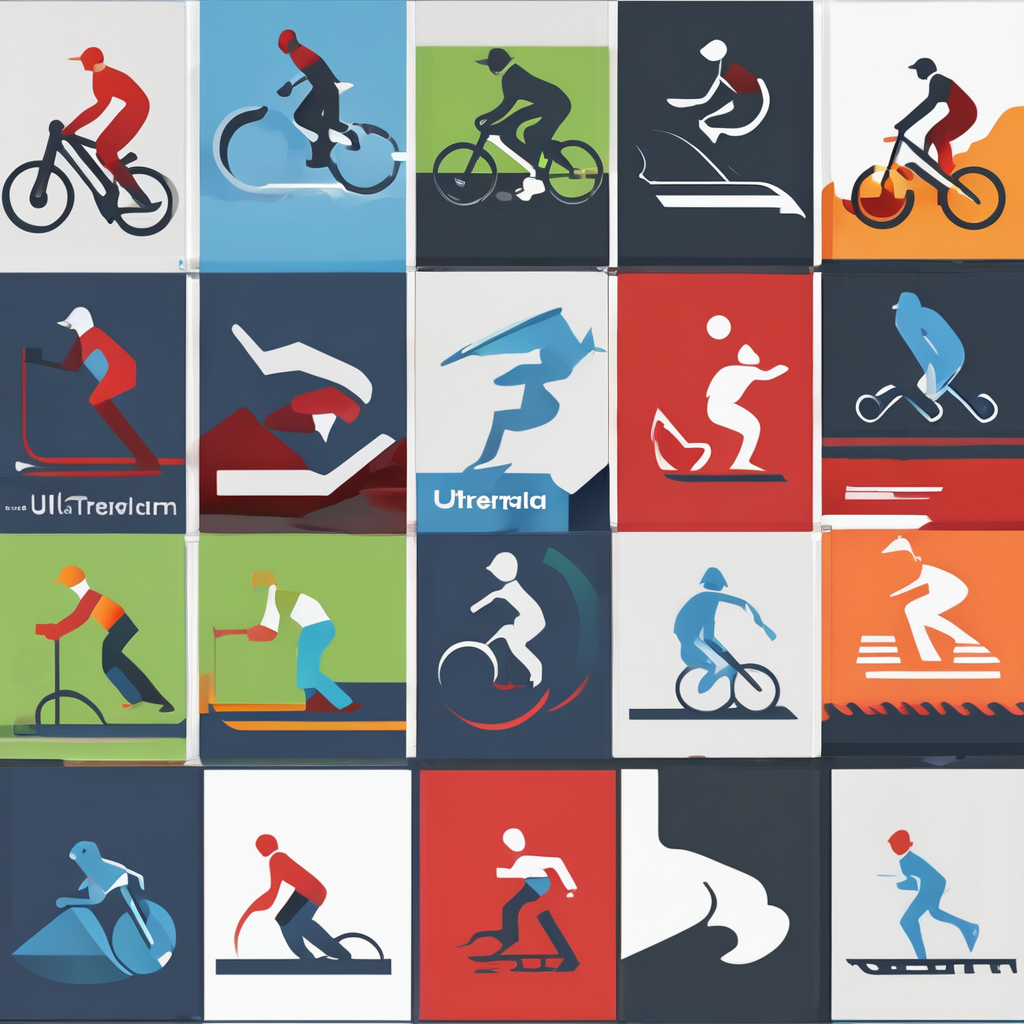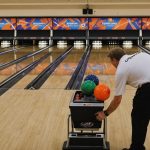Understanding Muscle Cramps in Long-Distance Running
Muscle cramps are involuntary muscle contractions causing abrupt and intense pain, often affecting long-distance runners. While not typically dangerous, these cramps can severely impact performance. Understanding the causes of cramps is essential for effective management. In the context of long-distance running, cramps often result from prolonged muscle activity, dehydration, and electrolyte imbalances.
Common causes of cramps during endurance events include excessive sweating leading to a loss of key electrolytes (such as sodium and potassium), inadequate stretching, and poor pacing. These factors contribute to muscle fatigue, increasing the likelihood of cramping.
Also to discover : Uncover the exciting world of gel fire guns: top picks!
Physiologically, muscle cramps in running result from disrupted nerve-muscle communication. This disruption often stems from fatigue and biochemical imbalances, which impair the muscle’s ability to relax properly. When muscles can’t relax, they contract involuntarily, causing cramps.
In summary, long-distance running induces muscle cramps through a combination of physical exertion and biochemical disturbances. Addressing these underlying factors requires a comprehensive understanding of the mechanisms behind muscle cramps and their impact on runners. Knowledge of these can guide the development of effective prevention strategies, allowing runners to perform at their best without the hindrance of cramps.
Also to read : Unlocking peak performance: the ultimate stroke technique handbook for competitive swimmers across all events
Hydration and Electrolyte Balance
Maintaining proper hydration and electrolyte balance is critical in cramp prevention for long-distance runners. Fluid losses through sweat can lead to dehydration, a primary factor increasing cramp risk. Signs such as dry mouth, fatigue, or dark urine indicate dehydration and require prompt attention. Ensuring runners are adequately hydrated before, during, and after a run is essential.
For effective cramp prevention, runners should aim for consistent fluid intake based on individual sweat rates. Regular sipping of water throughout a run can prevent dehydration. However, excessive hydration without electrolyte replacement may dilute body sodium levels, causing hyponatremia, another cramp contributor.
Electrolytes like sodium, potassium, and magnesium play a vital role in muscle function. It’s generally advised to incorporate these into one’s routine to mitigate cramping risk. Consuming electrolyte-rich beverages or snacks, such as sports drinks, bananas, or nuts, helps maintain necessary levels. For more personalised plans, runners might benefit from consulting with sports nutritionists to determine optimal electrolyte intake. Knowing how to recognise and address these physiological needs is crucial for enhancing performance and reducing muscle cramps during endurance activities.
Prevention Strategies for Muscle Cramps
Preventing cramps during long-distance running begins with proper training and pacing. Adequate preparation helps muscles withstand prolonged exertion. Training should include gradual mileage increases to boost endurance without overtaxing muscles. Consistent pacing also helps manage energy and reduces the risk of cramps.
Stretching and flexibility exercises are invaluable in cramp prevention strategies. Dynamic stretching, focusing on full body movement, keeps muscles flexible and responsive. Regularly practicing static stretching post-exercise further enhances flexibility, lowering cramping risk. Routines should emphasize key muscle groups, like calves and hamstrings, which are often affected in runners.
Incorporating strength training into a runner’s routine is another effective strategy. Strengthening exercises target muscle endurance, functioning as a preventative shield against cramps. Such training improves muscle efficiency, making them less susceptible to fatigue. Include exercises like squats and lunges, which help runners maintain form, thus reducing cramp incidence.
To enhance these preventative strategies, runners may consider working with trainers for personalised plans tailored to their specific needs. This approach ensures that every aspect of training is optimised, reducing the likelihood of suffering from debilitating muscle cramps.
Nutrition for Long-Distance Runners
In long-distance running, optimal nutrition plays a crucial role in cramp prevention and maintaining muscle health. Before a race, runners should focus on meals rich in carbohydrates and moderate protein to ensure sustained energy levels. Foods such as pasta, brown rice, and lean meats provide lasting fuel without causing digestive distress during an event.
Certain foods can help mitigate muscle cramping. Bananas, known for their potassium content, support the maintenance of nerve function and muscle contraction. Additionally, foods high in magnesium, like nuts and leafy greens, further assist in preventing cramps by aiding muscle relaxation.
Timing of nutritional intake is equally important. Prior to a race, consuming a balanced meal 3-4 hours ahead allows the body to properly digest and absorb nutrients. Post-race recovery should focus on replenishing glycogen stores and repairing muscle tissue with a combination of carbohydrates and proteins. Consuming chocolate milk or a protein shake can be effective strategies.
For ongoing performance enhancement and cramp prevention, adapting an athlete’s diet tailored to their unique needs proves beneficial. This may involve consulting with a nutrition professional to tailor dietary plans aligning with individual sweat rate and nutrient loss.
Warm-Up and Cool-Down Routines
Engaging in effective warm-up and cool-down routines is pivotal for muscle readiness and cramp prevention in long-distance running. These routines help prepare muscles for the demands of a race and assist in recovery post-exercise.
Warm-Up Routines
A well-structured warm-up enhances muscle readiness and minimizes cramping risk. Start with light aerobic exercises, like jogging, to increase heart rate and blood flow. Incorporate dynamic stretches such as leg swings or arm circles to improve flexibility and prime the muscles for action.
Cool-Down Routines
Cooling down is equally crucial. It helps reduce muscle soreness and cramp likelihood by gradually lowering the heart rate. This process often includes light jogging followed by static stretching. Focus on stretches for major muscle groups, like calves and hamstrings, commonly strained in runners.
Suggested Stretches:
- Calf stretch: Push against a wall with one foot behind to stretch the calf muscle.
- Hamstring stretch: Sit on the ground and try to touch your toes, stretching the back of the thighs.
Reflecting on these routines ensures a disciplined approach to running, guarding against muscle cramps and promoting better performance.
Recovery Techniques to Prevent Cramps
Recovery plays a vital role in preventing future muscle cramps for long-distance runners. Ensuring adequate rest helps the body repair itself, reducing cramping risk from overexertion. Periods of rest should align with overall activity levels, allowing muscles to recuperate naturally. Beyond rest, implementing strategic post-race recovery techniques can further aid in reducing muscle cramps.
Incorporating foam rolling and massage into a runner’s regimen enhances muscle relaxation by releasing tension and improving circulation. Foam rolling targets tightness in specific areas, promoting flexibility and reducing the likelihood of cramps. Additionally, massage therapies can enhance this effect by relieving soreness and speeding up recovery.
Mental techniques provide another preventative avenue. They help manage stress and ensure runners maintain composure, which is crucial for muscle relaxation. Methods such as deep breathing exercises and guided meditation can help runners sustain focus and alleviate muscle tension post-race.
Together, these strategies form a holistic approach to cramp prevention by prioritising physical and mental recovery. By integrating these into a routine, runners can minimise cramp occurrence and performance disruption. Consider consulting experts to tailor these methods to individual needs and maximise recovery benefits.
Expert Insights and Runner Experiences
Listening to expert advice and tapping into personal experiences can crucially enhance our understanding of managing muscle cramps in long-distance running. Sports medicine professionals emphasize the importance of targeted muscle preparation and recovery strategies, underscoring how tailored methods can significantly reduce cramp occurrence. For example, Dr. Lisa McDowell notes that aligning hydration strategies with sweat loss and incorporating electrolyte-rich foods are key.
Gleaning insights from running experiences, seasoned runners often share anecdotes highlighting the trial-and-error process in finding effective cramp management methods. Joan, a marathon enthusiast, found success by integrating consistent stretching routines and pacing strategies into her training regime, illustrating the impact of personalized approaches.
A multitude of research consistently supports these tactics. Studies reveal that runners who adopt comprehensive prevention strategies, including proper nutrition and cool-down methods, report significantly fewer cramps. This aligns with feedback from both experts and runners, creating a cohesive narrative that combines scientific findings with firsthand insights.
Understanding these diverse perspectives allows runners to apply tested solutions to their own training, fostering a proactive approach to cramp management.











